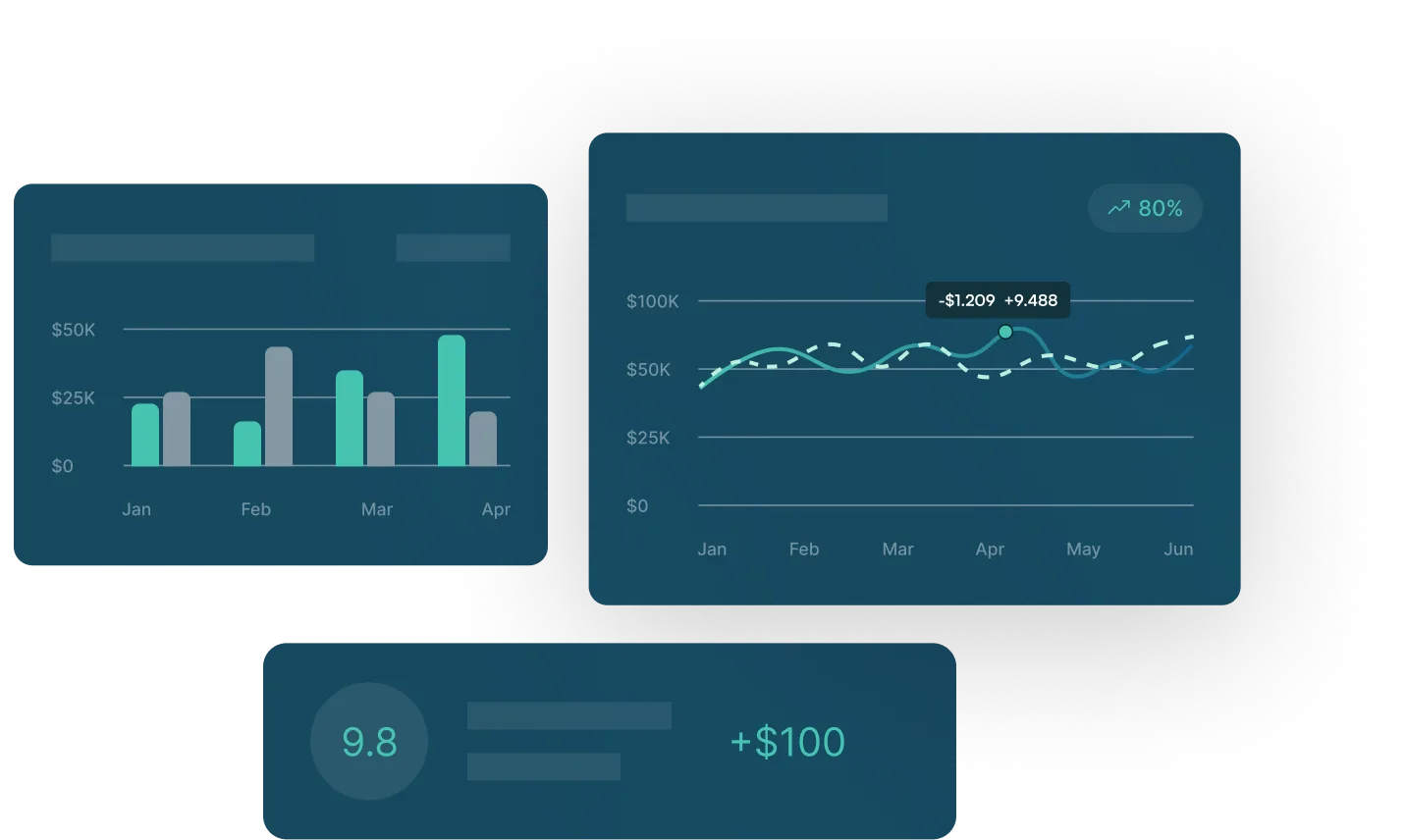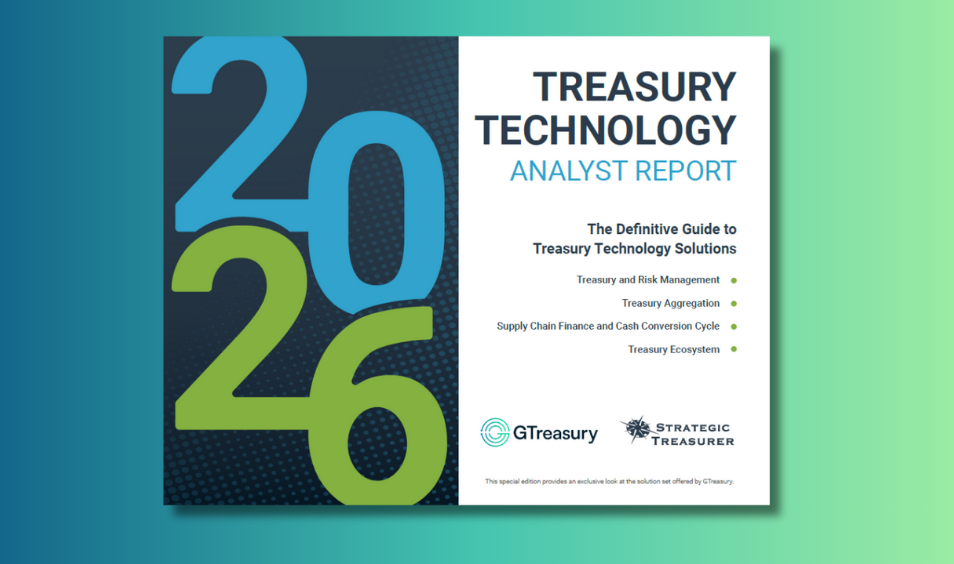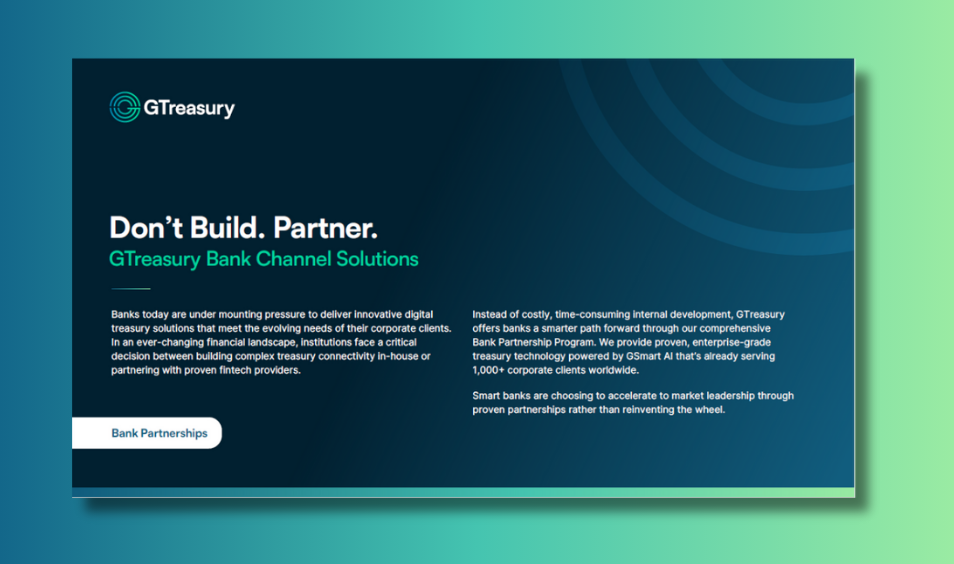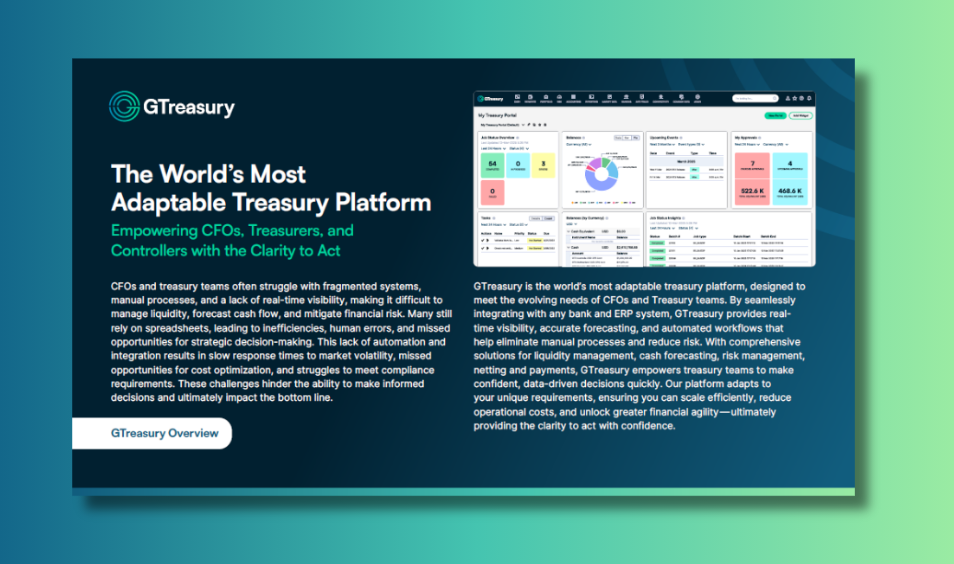Streamline Your Treasury with a Treasury Management System


Treasury management is the keystone of financial stability for corporates. It involves many activities and moving parts, from cash flow management to risk mitigation. In this article, we’ll explore treasury management in-depth, with a focus on the essential tools that can help you bolster your treasury management strategy.
What is Treasury Management?
Treasury management is the process of effectively managing an organization’s financial assets, liquidity, and minimizing risks. This process involves monitoring cash flows, optimizing liquidity positions, and mitigating financial uncertainties. Key objectives of treasury management that require strategic planning include:
- Liquidity and Cash Management: Ensuring that an organization always has enough funds to meet its obligations (such as paying suppliers and employees), maintain cash reserves for unexpected expenses, and manage cash flow effectively.
- FX Risk Management: Managing foreign exchange (FX) exposure and risk to shield earnings from currency fluctuations, crucial for businesses engaged in international transactions. Exposure hedging is a critical factor in FX risk management.
- Interest Rate Risk Management: Safeguarding against fluctuations in interest rates (IR) to ensure there is enough cash to cover debt obligations when IR are high due to current economic conditions.
- Working Capital Management: Balancing the ratio between current assets and liabilities to sustain profitability and maintain liquidity. It’s important to maintain this balance because if you have too much or not enough working capital, it may affect your capacity to meet timely financial obligations or fund new initiatives.

Challenges in Treasury Management
Modern treasury management faces a series of challenges, especially in a globally connected world:
- Global Cash Flow Management: Managing cash flow across international borders has become more intricate due to varying regulations and currencies.
- Currency Risk Mitigation: Businesses must protect themselves from currency fluctuations by implementing hedging strategies and investing in diverse currencies.
- Need for Advanced Tools: As businesses trade currencies across borders, treasury departments require more advanced tools (like a treasury and risk management system) to effectively manage risks.
- Payments Fraud Prevention: Staying vigilant against evolving payment fraud schemes, which exploit technology advancements, is crucial.
- Complex Cash Flow Tracking: Tracking the inflows and outflows of cash in a multinational organization is challenging, so accurate cash flow information is vital to ensure business continuity.
Treasury Management vs Cash Management
While treasury management and cash management are often used interchangeably by organizations, they both serve distinct functions:
- Cash Management primarily focuses on daily financial activities, such as monitoring bank balances, forecasting cash flows, and determining optimal cash reserves to ensure short-term financial obligations are met. Cash management systems can enable employees to handle payments and monitor account balances efficiently.
- Treasury Management offers a broader perspective, encompassing cash flow and liquidity management, and it provides a comprehensive view of an organization’s finances. Treasury management software goes further than cash management systems, offering a consolidated view of all accounts, facilitating better decision-making, and ensuring that every dollar is meticulously tracked.
Benefits of Centralizing & Streamlining Your Treasury
Treasury centralization involves consolidating various cash and treasury management functions into a central location. This approach offers many advantages:
- Enhanced Cash Visibility: Centralization provides a streamlined view of your cash positions and flows, improving global cash forecasting and management.
- Risk Management: With a more streamlined approach to managing potential financial risks, you can work to mitigate risk more effectively. Centralized management of hedging strategies often reduces your risk exposures.
- Efficiency and Cost Savings: You can minimize redundancy by consolidating treasury management functions, which leads to cost savings on other systems, as well as fewer bank relationships and fees.
- More Control: Consistent treasury processes and procedures can be introduced to enhance security and accuracy in your organization.
- Time Back: Treasurers can spend more time on strategic initiatives and less on the day-to-day, time-consuming tasks.
- Informed Decision-Making: A streamlined view of your organization’s finances leads to smarter borrowing and investment decisions.
- Compliance: Managing treasury through a streamlined platform will provide more consistent adherence to local and global regulations.
- Connected Systems: A singular treasury management system (TMS) ensures accurate and efficient reporting, precise transaction processes, and seamless integration with other systems you may be utilizing.
In conclusion, treasury management is an essential aspect of financial stability, and the use of treasury management systems and software is crucial to optimize processes and achieve objectives effectively for the modern treasurer.
Streamline Your Treasury with a Treasury Management System
Treasury management is the keystone of financial stability for corporates. It involves many activities and moving parts, from cash flow management to risk mitigation. In this article, we’ll explore treasury management in-depth, with a focus on the essential tools that can help you bolster your treasury management strategy.
What is Treasury Management?
Treasury management is the process of effectively managing an organization’s financial assets, liquidity, and minimizing risks. This process involves monitoring cash flows, optimizing liquidity positions, and mitigating financial uncertainties. Key objectives of treasury management that require strategic planning include:
- Liquidity and Cash Management: Ensuring that an organization always has enough funds to meet its obligations (such as paying suppliers and employees), maintain cash reserves for unexpected expenses, and manage cash flow effectively.
- FX Risk Management: Managing foreign exchange (FX) exposure and risk to shield earnings from currency fluctuations, crucial for businesses engaged in international transactions. Exposure hedging is a critical factor in FX risk management.
- Interest Rate Risk Management: Safeguarding against fluctuations in interest rates (IR) to ensure there is enough cash to cover debt obligations when IR are high due to current economic conditions.
- Working Capital Management: Balancing the ratio between current assets and liabilities to sustain profitability and maintain liquidity. It’s important to maintain this balance because if you have too much or not enough working capital, it may affect your capacity to meet timely financial obligations or fund new initiatives.

Challenges in Treasury Management
Modern treasury management faces a series of challenges, especially in a globally connected world:
- Global Cash Flow Management: Managing cash flow across international borders has become more intricate due to varying regulations and currencies.
- Currency Risk Mitigation: Businesses must protect themselves from currency fluctuations by implementing hedging strategies and investing in diverse currencies.
- Need for Advanced Tools: As businesses trade currencies across borders, treasury departments require more advanced tools (like a treasury and risk management system) to effectively manage risks.
- Payments Fraud Prevention: Staying vigilant against evolving payment fraud schemes, which exploit technology advancements, is crucial.
- Complex Cash Flow Tracking: Tracking the inflows and outflows of cash in a multinational organization is challenging, so accurate cash flow information is vital to ensure business continuity.
Treasury Management vs Cash Management
While treasury management and cash management are often used interchangeably by organizations, they both serve distinct functions:
- Cash Management primarily focuses on daily financial activities, such as monitoring bank balances, forecasting cash flows, and determining optimal cash reserves to ensure short-term financial obligations are met. Cash management systems can enable employees to handle payments and monitor account balances efficiently.
- Treasury Management offers a broader perspective, encompassing cash flow and liquidity management, and it provides a comprehensive view of an organization’s finances. Treasury management software goes further than cash management systems, offering a consolidated view of all accounts, facilitating better decision-making, and ensuring that every dollar is meticulously tracked.
Benefits of Centralizing & Streamlining Your Treasury
Treasury centralization involves consolidating various cash and treasury management functions into a central location. This approach offers many advantages:
- Enhanced Cash Visibility: Centralization provides a streamlined view of your cash positions and flows, improving global cash forecasting and management.
- Risk Management: With a more streamlined approach to managing potential financial risks, you can work to mitigate risk more effectively. Centralized management of hedging strategies often reduces your risk exposures.
- Efficiency and Cost Savings: You can minimize redundancy by consolidating treasury management functions, which leads to cost savings on other systems, as well as fewer bank relationships and fees.
- More Control: Consistent treasury processes and procedures can be introduced to enhance security and accuracy in your organization.
- Time Back: Treasurers can spend more time on strategic initiatives and less on the day-to-day, time-consuming tasks.
- Informed Decision-Making: A streamlined view of your organization’s finances leads to smarter borrowing and investment decisions.
- Compliance: Managing treasury through a streamlined platform will provide more consistent adherence to local and global regulations.
- Connected Systems: A singular treasury management system (TMS) ensures accurate and efficient reporting, precise transaction processes, and seamless integration with other systems you may be utilizing.
In conclusion, treasury management is an essential aspect of financial stability, and the use of treasury management systems and software is crucial to optimize processes and achieve objectives effectively for the modern treasurer.

See GTreasury in Action
Get connected with supportive experts, comprehensive solutions, and untapped possibility today.
































.png)
.png)














.png)






























